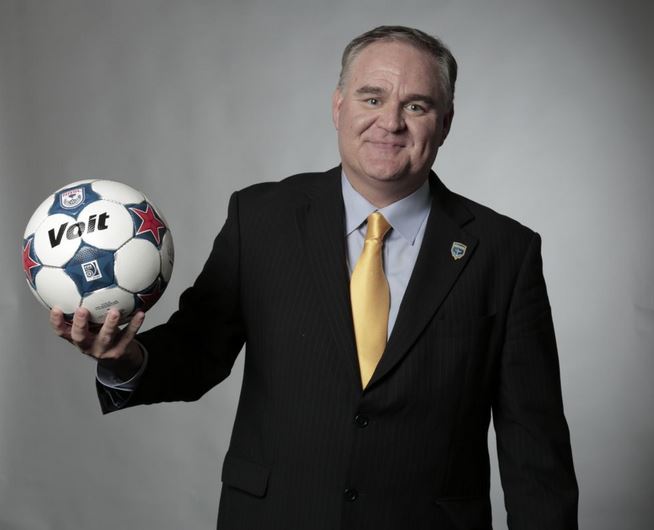Blog Posts
Nepa Expands: Signs U.S. Based Industry Veteran to Lead Charge
August 22, 2018

New York, NY
Nepa, a leading Consumer Science company providing customer experience insights and marketing optimization solutions, confirms its commitment to global sports clubs by appointing Steve Livingstone as practice lead. Steve will utilize Nepa capabilities to help professional sports teams and leagues to increase their bottom lines.
Based in the United States, Steve brings over 25 years’ experience working with some of the world’s leading sports organizations such as the National Football League, U.S. Soccer Federation and Copa America to Nepa.
“Sports franchises and leagues need to find new ways to connect with their paying fans and the cities they play in,” said Ken Peterson, Managing Director, Nepa US. “Steve brings over two decades of first-hand experience optimizing the business side of sports. His industry knowledge will help tailor our Consumer Science Platform to our roster of professional sports clients.”
Nepa CEO Fredrik Östgren, added: “We’re excited to bring Steve’s leadership to apply our unique combination of consumer research and data science to help professional sports clients improve business outcomes and deliver great experiences to sports fans everywhere.”
“As a Nepa client, I saw firsthand how the company’s expertise made my teams successful. I’m eager to come onboard to focus on helping other forward-thinking teams and leagues do the same. Building on the momentum Nepa created by working with so many great brands, there is no doubt we are going to be a force in a market estimated to be worth $80 billion in North America by 2019. I’m excited to be joining this great team, and ready to help grow Nepa’s Global Sports division.” said Steve Livingstone.
Over his career, Livingstone has worked in all areas of professional sports on both sides of the Atlantic. Some of the world’s leading sports brands and organizations including the National Football League (NFL), Jacksonville Jaguars, United States Soccer Federation, Scottish Football Association, Scottish Rugby Union, North American Soccer League, United Soccer League and Copa America have benefited from his expertise.
Contact Information:
www.nepa.com
Fredrik Östgren
CEO
Maria Skolgata 83 118 53
Stockholm, Sweden
+46 733 345 069 fredrik.ostgren@nepa.com
P-O Westerlund
Deputy CEO, CFO
Maria Skolgata 83 118 53
Stockholm, Sweden+46 706 404 824 p-o.westerlund@nepa.com
About Nepa
Headquartered in Stockholm and with local presence in Helsinki, Oslo, Copenhagen, London, Mumbai, New York, Miami and Denver, we help some of the world’s most reputable brands in more than 50 countries to optimize customer experience investments and get more effect out of their marketing and sales. Nepa has been awarded DI Gasell’s award for organic fast-growing companies in 6 of 7 years since 2011. The company is publicly traded at the Nasdaq First North Stockholm stock exchange since 2016. Erik Penser Bank is Nepa’s Certified Adviser.










